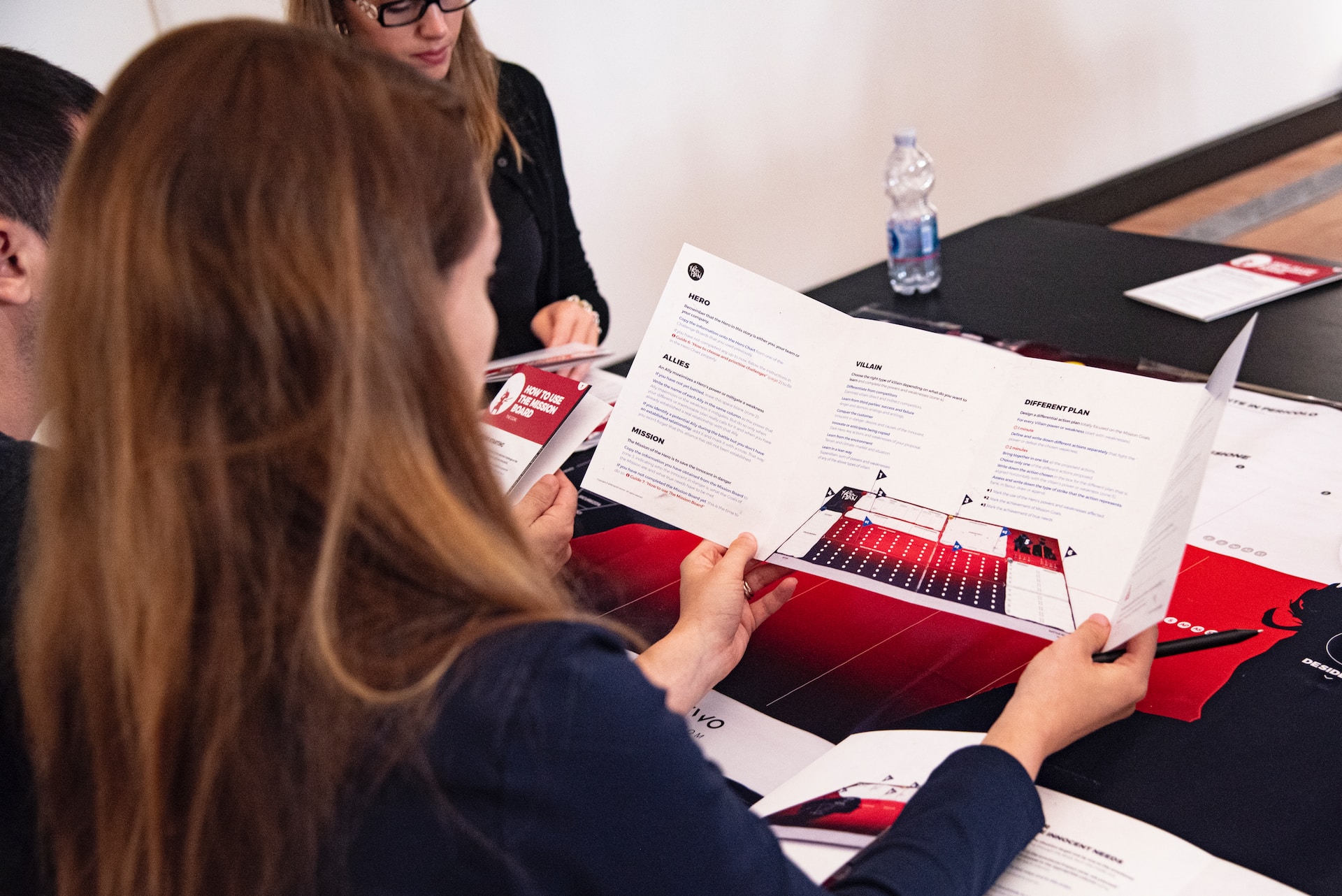How Important Is Print Resolution When Printing Brochures
When it comes to marketing brochures, high-resolution images and text are essential. The better your brochure looks, the more likely it is to stick in potential buyers’ minds and drive conversions. Resolution is usually measured in ppi (pixels per inch) or dpi (dots per inch). Images that include text should be at least 300 dpi to print clearly.
Wide Range of Printing Options
While online marketing is the most preferred method for many businesses, it is essential to note that many people still prefer to get their hands on physical materials. Brochures are a great way to reach this group of people and can be used to promote both new and existing products and services.
When printing brochures, a wide range of features and options are available. This includes double-sided printing, full-color printing, and a selection of sizes (including bi-fold, tri-fold, and z-fold). The recommended print resolution for brochures is 300 dpi. This is far higher than the 72 or 96 dpi that most images on a computer monitor are designed to be printed at and will ensure that they are clear and sharp.
The size of the image also has an impact on print resolution. Larger images can get away with being lower in DPI than smaller ones, but it is generally a good idea to stick to 300 DPI for most printing projects. It is also a good idea to make sure that the fonts in your brochure are the right size for comfortable reading and easy comprehension.
High-Quality Printing
High-quality printing is essential for brochures, a crucial part of many marketing campaigns. Using a high-resolution image file is one way to achieve this, but it’s also essential to use printer settings designed for quality print jobs. It is also helpful to slow down the printer’s printing speed, which can help improve print quality.
It is recommended that your images have a resolution of 300 DPI (dots per inch), ensuring they are printed with a high level of detail and clarity. Images with a lower DPI may look fine on your computer monitor, but they will likely appear blurry or jagged when printed. Having a higher DPI also means that your images can be printed at larger sizes without losing image quality.
When choosing a resolution for your image, consider the size when printed and how far away people will be viewing it. Brochures are an effective marketing tool that can be used in many ways. They can be mailed directly to customers, placed in retail stores and malls, or given away at trade shows and exhibitions. The brochure’s content is crucial, but its design is just as important, as it speaks to the company’s values and demonstrates its commitment to quality.
Cost-Effective Marketing
Brochures offer several advantages to small businesses, including the ability to convey your brand’s unique proposition and to demonstrate that you are professional, well-established, and trustworthy. They are also one of the most cost-effective marketing mediums.
The fact that brochures can be distributed without needing mass printing and can be referred back to later in a client’s buying journey further adds to their value. Brochure printing is also a great way to promote special offers and discounts to your audience.
However, ensuring your copy is compelling, well-written, and contains high-quality imagery is essential. A good-quality brochure can enhance the intended message and attract potential customers. Therefore, working with a reputable company like Allegra that provides brochure printing in Burlington, ON is crucial to optimise your marketing efforts. Partnering with a professional designer is a good idea if you are still determining your design skills.
Image resolution is often measured in ppi (pixels per inch) or dpi (dots per inch). The higher the number, the better the quality. However, it is essential to note that the number does not necessarily correlate with size, as each print contains thousands of tiny dots blending to create lifelike images.
Affordability
Brochures are a valuable part of any marketing campaign. They offer a combination of eye-catching visuals and tangible value that needs to be included in digital marketing efforts. While many companies have moved away from traditional print marketing, it is essential to remember that some audiences still prefer interacting with physical materials like brochures.
Aside from the cost of printing, brochures also require design and writing time. These costs add up, especially as marketers need help with slashed budgets. Working with a printer that can provide affordable options is essential to avoid overspending. Resolution is a complicated topic, and even the most experienced graphics people can get confused when talking about PPI (pixels per inch) versus DPI (dots per inch).
The simplest way to think of resolution is that the higher, the better. An image with 300 PPI will look good in print, while an image with 200 PPI will be pixelated and blurry when printed. If you’re planning a large-scale marketing effort, 300 PPI is the optimum resolution for printing.
This resolution is also called “high-res,” allowing for crisp and clear images displayed at full size. If you’re designing a poster to be viewed at a distance, you can get away with lower resolutions (150 PPI) since posters aren’t read up close. However, always using the highest possible resolution is best to ensure a great finished product.

